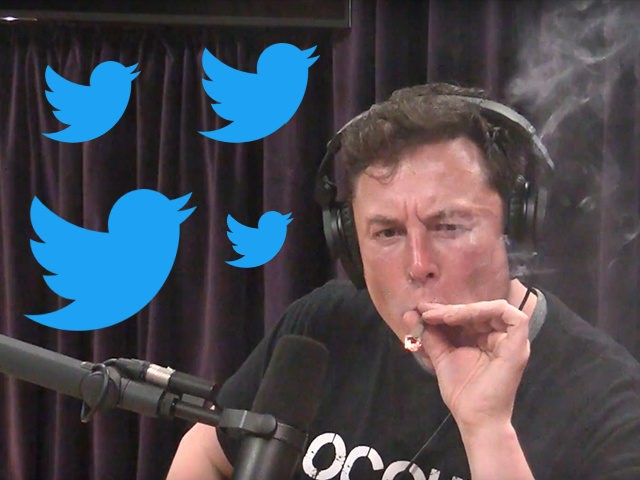Twitter adopted a poison pill over the weekend to defend itself from Elon Musk’s takeover offer. Just as Musk made a weed joke with his offer of $54.20 per share, Twitter’s board responded with their own weed joke in the shareholder rights plan. If Musk or anyone else acquires 15 percent of Twitter’s shares, the other shareholders will have the right to pay $210 to acquire shares “having a then-current market value of twice the exercise price.” So $420 again.
We get it, guys. You really like to smoke marijuana. High-larious.
The consensus on Wall Street is that the board will reject Musks’s bid as too low. While it is a steep premium to where the stock was trading before Musk announced that he had become the company’s largest shareholder, it is well below the 52-week high of $73.34. So what would be a fair price? Most analysts on Wall Street have price targets for the stock well below $70. Before the Musk affair began, Bank of America’s analysts saw the stock going to $54, J.P. Morgan Chase’s team had a $56 target, and Goldman Sachs had a $30 price target. In a recent note, Bank of America’s analysts speculated that $60 might be a reasonable counter-offer.
There’s been a lot of speculation that the action around Twitter could pull in other buyers. That seems unlikely. Big tech companies like Alphabet or Facebook’s Meta know they are on a tight leash with antitrust regulators. Apple wants to expand its existing businesses not dive into the controversy that could come with owning the platform that kicked off Donald Trump. In an era of high inflation, businesses are looking to get costs under control rather than take on the turnaround project of getting Twitter in a reasonably profitable shape.
There’s a lot of speculation right now that we may have hit peak inflation with last week’s reports on the Consumer Price Index and the Producer Price Index. That looks premature. It’s true that stabilized gas prices and a significant base effect—gas prices were already high a year ago—may take some steam out of the headline number, but there is plenty of evidence that inflation is still accelerating. The Federal Reserve Bank of New York’s gauge of one-year-ahead inflation expectations, for example, rose again in March to a new series high of 6.6 percent. Import prices are also likely to keep rising thanks to China’s expanding COVID-19 lockdowns and the ongoing war in Ukraine. The surveys of manufacturers by regional Fed banks also point to rising prices.
Larry Summers, the prominent Democrat economist who correctly predicted that the Biden administration’s America Rescue Plan would send inflation much higher, recently pointed out that we’re far closer to 1970s double-digit inflation than people realize. If we calculated inflation as they did back in the 1970s, we would almost certainly have double-digit inflation. He also said stagflation—rising unemployment and still high inflation—is the most likely outcome for the U.S. economy. Similarly, stagflation expectations hit their highest level—66 percent—since June 2008 in Bank of America’s survey of professional fund managers.
Goldman Sachs has the probability of a recession in the next two years at 35 percent. Thankfully, they did not say 42 percent.

COMMENTS
Please let us know if you're having issues with commenting.